Germany PMI manufacturing rose to 44.5 in April, up from 44.1 but missed expectation of 45.2. It’s staying deep in contraction below 50. PMI services rose to 55.6, up from 55.4, beat expectation of 55.0. PMI composite rose to 52.1, up from 51.4.
Commenting on the flash PMI data, Phil Smith, Principal Economist at IHS Markit said:
“The overall picture for Germany’s private sector has changed very little according to April’s flash data, with strong growth across the services economy continuing to counteract the export-led weakness in manufacturing. Though the PMI has ticked up from March’s 69-month low, it’s merely signalling the same modest rate of underlying growth as seen on average over the opening quarter of the year.
“Slight upticks in the manufacturing indices for output, new orders and employment saw the headline Manufacturing PMI post its first rise in nine months, albeit with the latest reading nonetheless the second-lowest since mid-2012. Amid reports of a declining car industry, strong competition across Europe and generally subdued global demand, the data showed another steep drop in German goods exports and the lowest confidence among manufacturers for six-and-a-half years.
“The survey continues to highlight strong job creation across the service sector, which is in turn supporting wage growth and means we should see consumer demand continue to rise during the second quarter.”




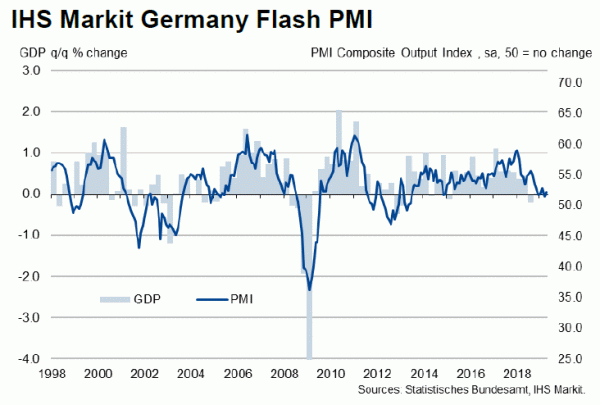
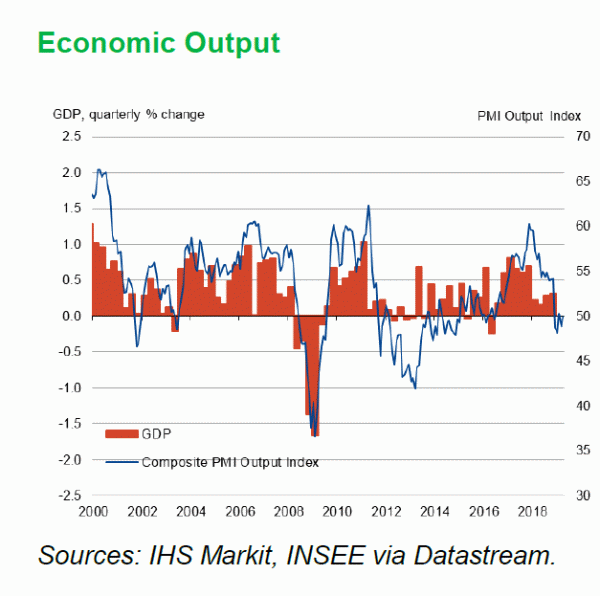
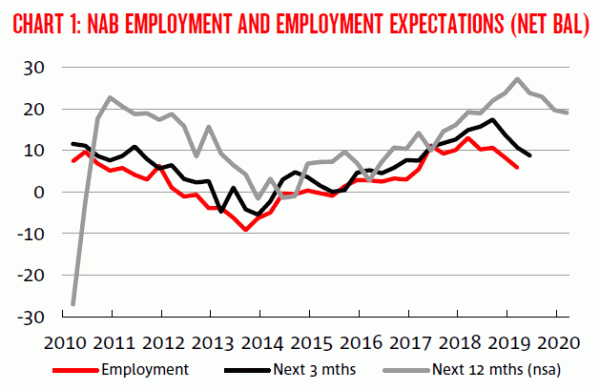
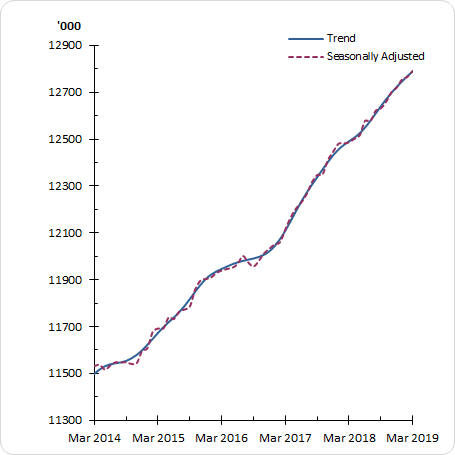
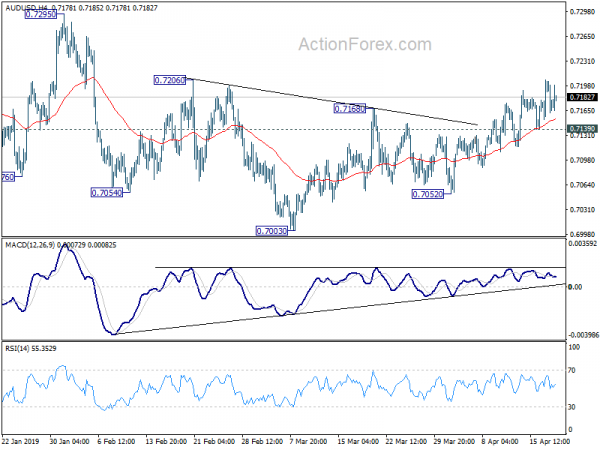
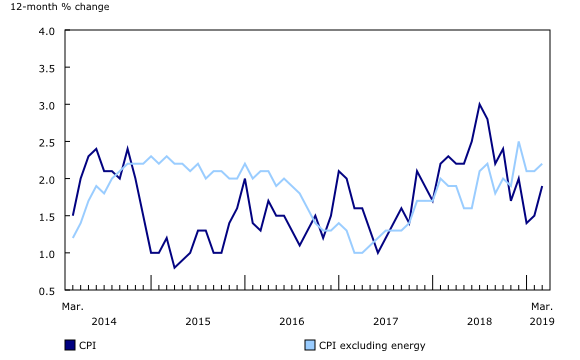
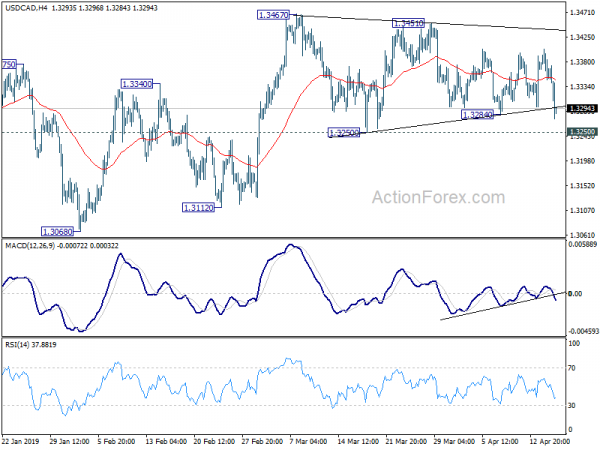
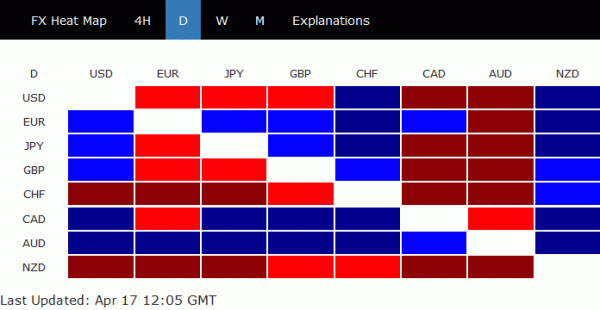
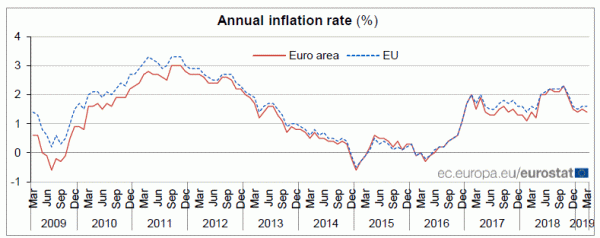
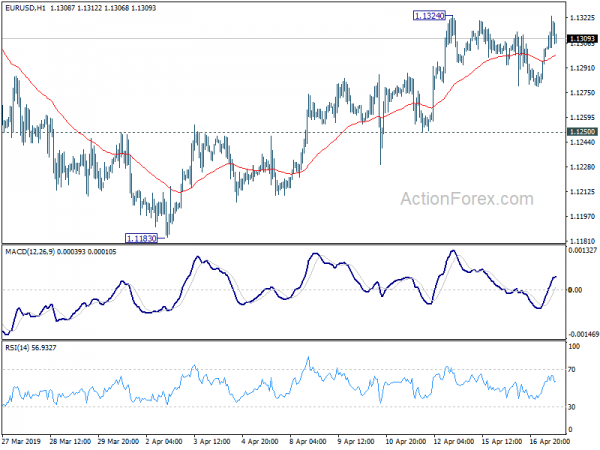
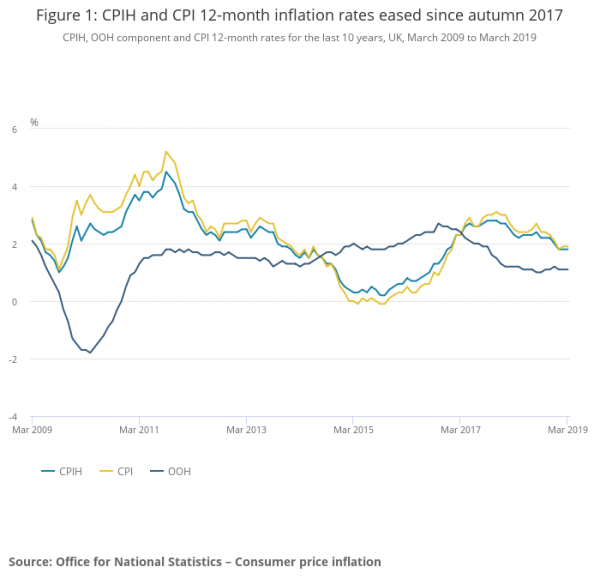
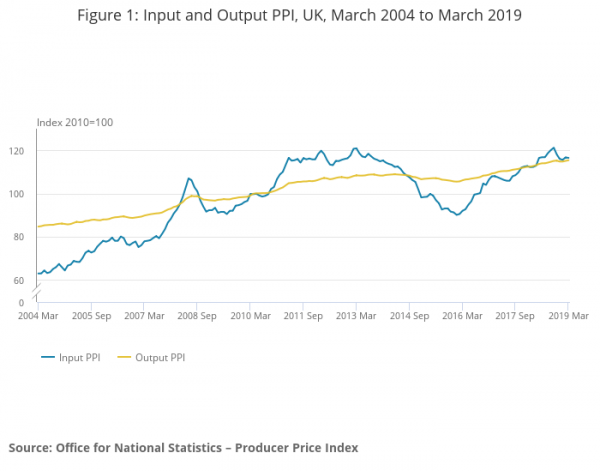
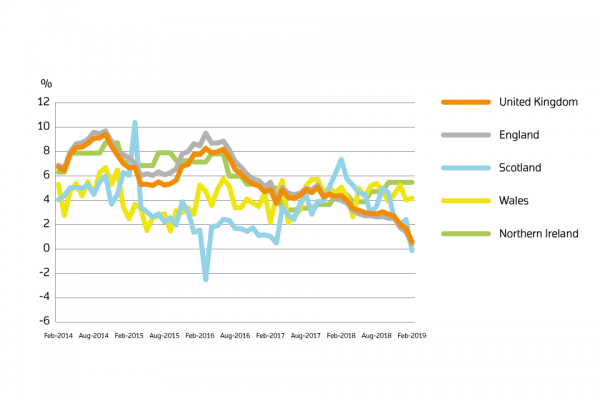
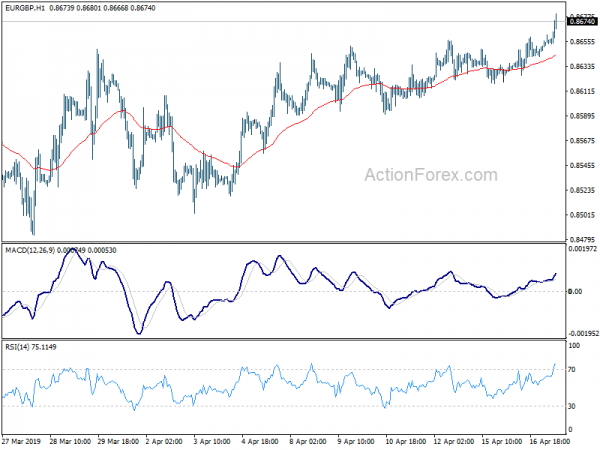
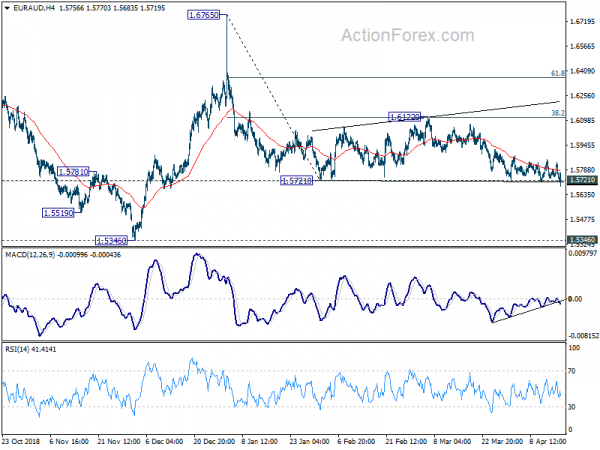
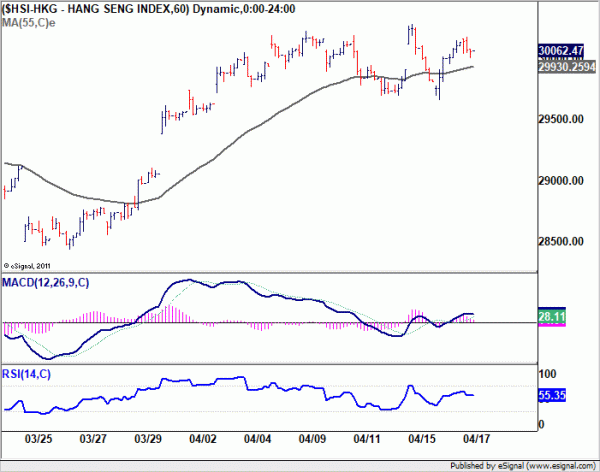
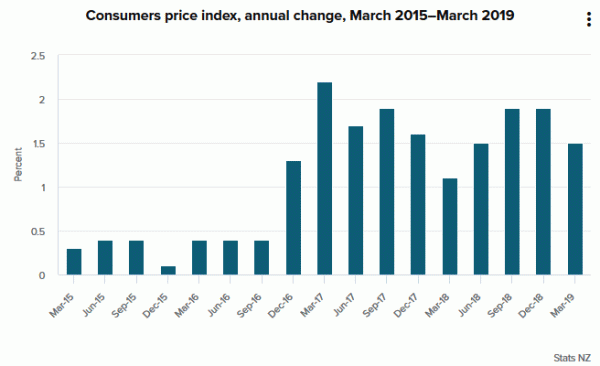
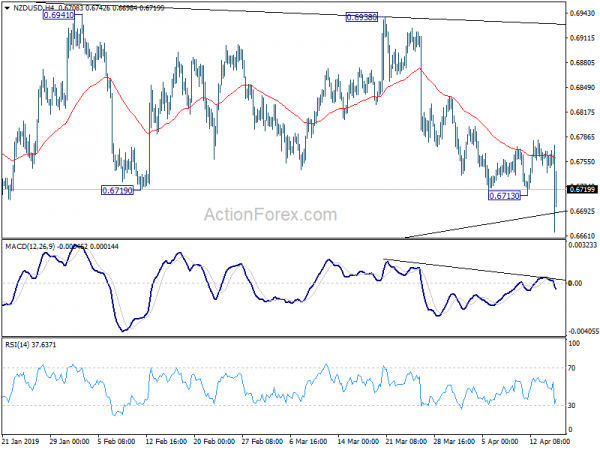
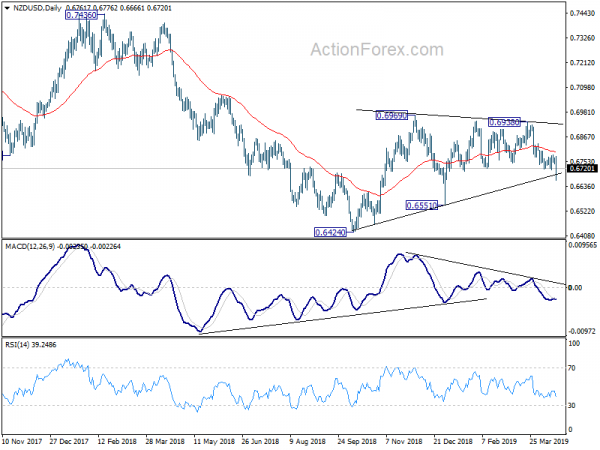
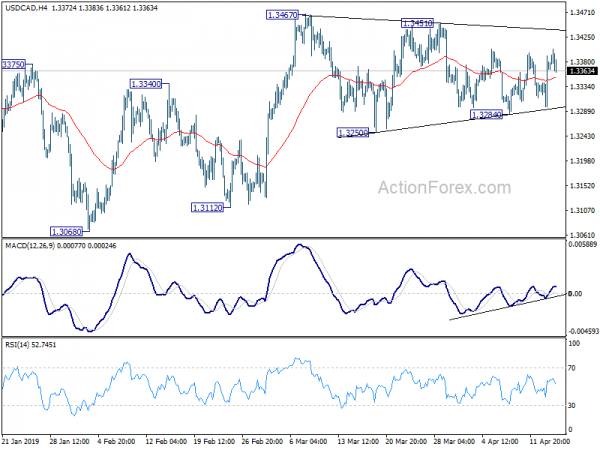
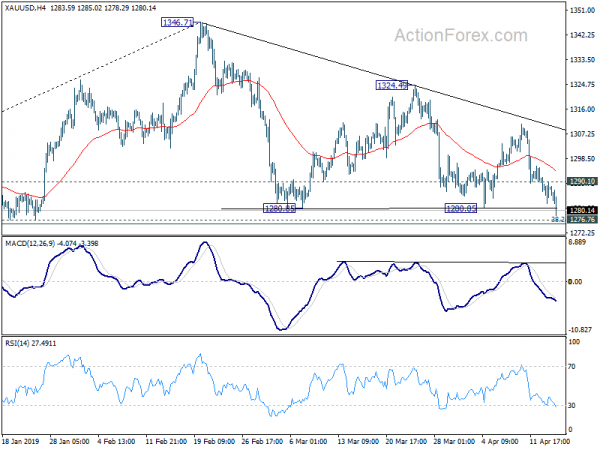
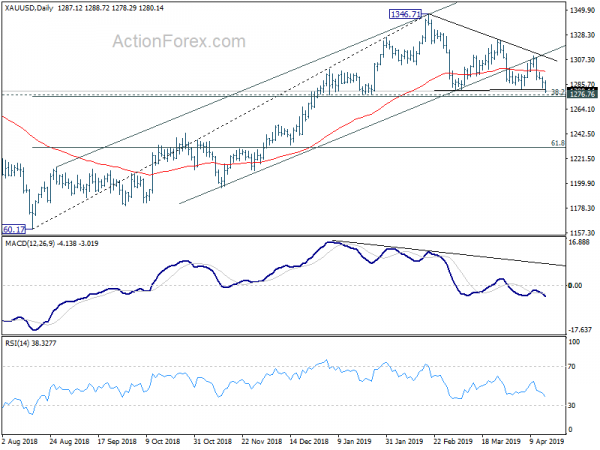

Eurozone PMIs: Disappointing start to Q2, suggest under 0.2% GDP growth
Eurozone PMI manufacturing rose to 47.8, up from 47.5 but missed expectation of 48.1. PMI services dropped to 52.5, down from 53.3 and missed expectation of 53.1. PMI composite dropped to 51.3, down from 51.6, and hit a 3-month low.
Commenting on the flash PMI data, Chris Williamson, Chief Business Economist at IHS Markit said:
“The eurozone economy started the second quarter on a disappointing footing, with the flash PMI falling to one of the lowest levels seen since 2014. The data add to worries that the economy has failed to rebound with any conviction from one-off factors that dampened activity late last year, and continues to show only very modest growth in the face of headwinds from slower global demand growth and subdued economic sentiment.
“The surveys indicate that quarterly eurozone GDP growth has slowed to just under 0.2%. A similar 0.2% rate of expansion is being signalled for Germany but France stagnated and the rest of the region has moved closer to stalling.
“Manufacturing remained the key area of concern, with output continuing to contract at one of the fastest rates seen over the past six years. Forward -looking indicators showed some signs of improvement but remain deeply in negative territory to suggest the factory malaise has further to run.
“The slowdown also showed further signs of engulfing the service sector, where growth cooled again to one of the weakest rates seen since 2016. Some encouragement can be gleaned from an improvement in employment growth, although even here the pace of hiring is among the lowest seen for two-and-a-half years.
“The persistence of the business survey weakness raises questions over the economy’s ability to grow by more than 1% in 2019.”
Full release here.